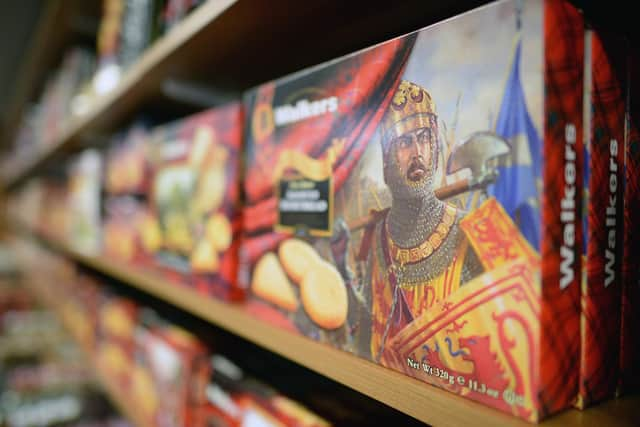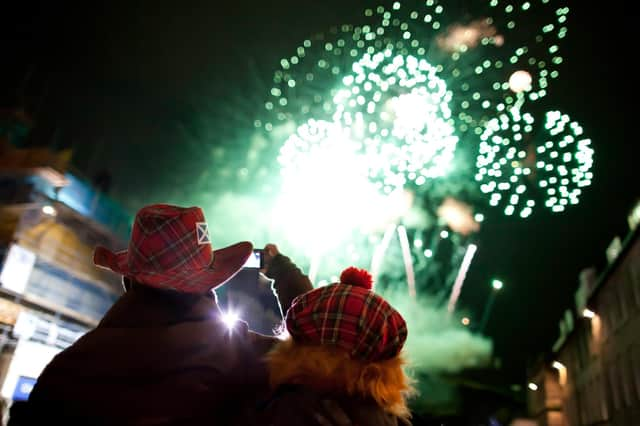What is First Footing? Where the Scottish Hogmanay tradition comes from and common first footing gifts
From toasting the bells with whisky to singing 'Auld Lang Syne', there are some Scottish New Years traditions which can be found across the world.
However others, such as the term "Hogmanay" and the custom of first-footing, have stayed much closer to home.
Advertisement
Hide AdAdvertisement
Hide AdBut for those who may be familiar with Hogmanay but are wondering what first-footing is, here's everything you need to know about this ancient custom.
What is First Footing?
Since ancient times, households across Scotland have welcomed strangers through their doors with the aim of bringing good fortune for the year ahead. As such, first-footing typically refers to the first person crossing the threshold of a home after midnight on New Years Day.
Traditionally, the first-footer should be someone who was not already in the house when midnight strikes – which can explain the Scottish party tradition of having one guest leave just before the bells so they can knock on the door as the new year begins.


First-footing, which stems from the Gaelic practice of “qualtagh”, is still practiced today and while some individuals can bring good luck for the upcoming 12 months - others can be seen as a harbinger of ill fortune.
What gifts do first footers bring?
The first-footer will usually come bearing gifts. Traditionally, they would arrive loaded with a coin, bread, salt, a lump of coal, and whisky - gifts representing all the things the new year would hopefully bring, such as prosperity, food, flavour, warmth and good cheer.
These days, however, a first footer is expected to bring offerings such as whisky or shortbread - though a lump of coal also wouldn't go amiss.


Home-owners would put on entertainment for their guests after the first-footer arrives, and in some histories of the event, the first-footer could claim a kiss from every woman in the house.
Who brings good luck as a first footer?
Not just anyone should first foot. In Scotland, tradition states that a dark-haired man brings good luck as a first footer, whereas light haired men, redheads and women are seen as harbingers of ill fate, a superstition which is said to stem from Viking invasions.
Advertisement
Hide AdAdvertisement
Hide AdHaving a doctor or minister appear at the door as a first-footer is also bad luck, presumably due to their association with illness and death.
In Yorkshire there is a similar tradition, though fair-haired men are preferred as first-footers.
Does first footing happen anywhere else in the world?


While first footing is predominantly a Scottish Hogmanay tradition, it also used to be carried out in the north of England. A similar tradition also exists in Sweden, where inviting a stranger into your house after midnight is said to bring good luck for the new year. However, the Swedish ritual observes the opposite follicular bias – it is only considered lucky to invite in a light-haired visitor as your first footer.
Greece has a tradition called “pothariko” which carries a similar theory that the first person to cross the threshold in the new year can bring either good or bad luck with them. As a result, many Greek homes are highly selective about who is allowed to walk through their doors first. In the Greek tradition, first footing is followed by the lady of the house serving festive treats to further ensure good luck in the year to come.
Georgia has a similar tradition called “Mekvle”, from the word for footprint (“kvali”) while the Serbian Polaznik includes the same practice but on Christmas Day rather than at the turn of the year.
Comments
Want to join the conversation? Please or to comment on this article.
